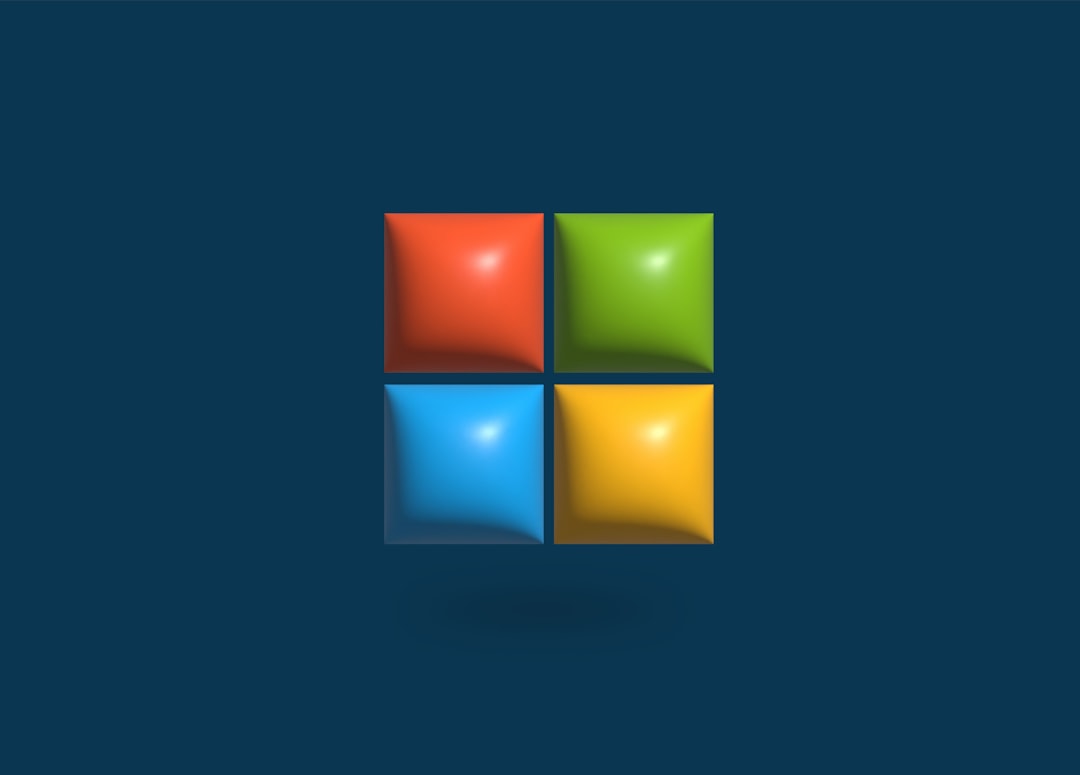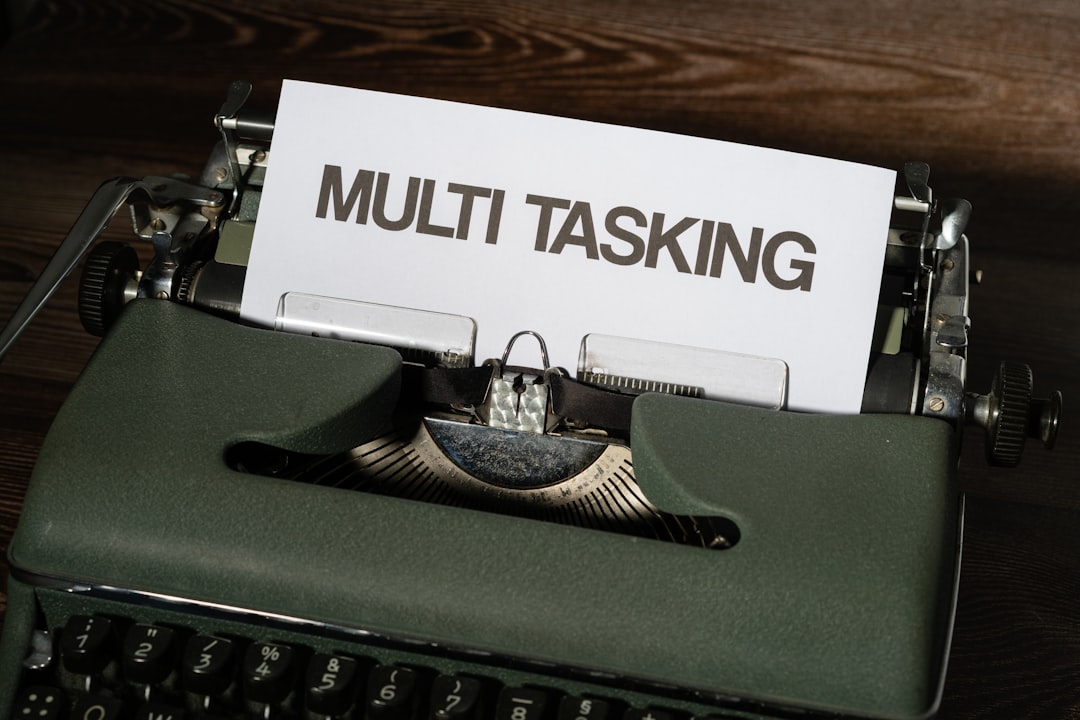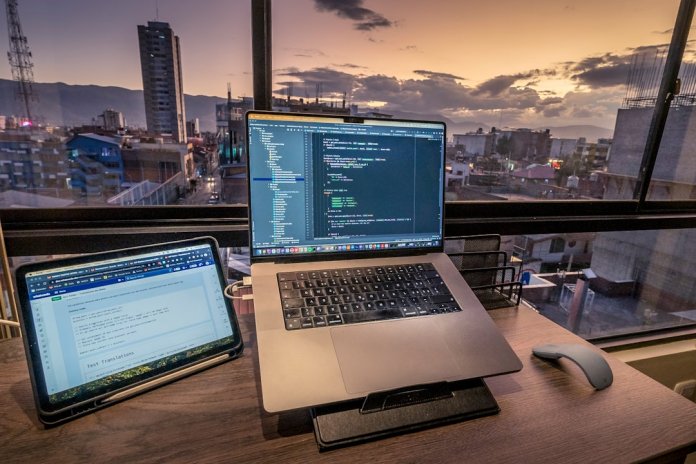Many Windows 10 and Windows 11 users have encountered issues related to high CPU and disk usage caused by the process known as Broadcast DVR Server or bcastdvr.exe. This process is a part of the Windows Game DVR feature, which allows users to record their gameplay and capture screenshots. While useful for gamers, it can sometimes lead to performance issues, consuming excessive system resources even when no game is running.
To fully resolve this, users need to understand what triggers the bcastdvr.exe process and how to properly disable or manage it. Below is a detailed guide to help reduce or eliminate the impact this process has on system performance.
What is Broadcast DVR Server (bcastdvr.exe)?
The Broadcast DVR Server is a background process that works chiefly with Windows 10 and 11’s built-in Xbox Game Bar. It allows real-time screen recording and broadcasting. However, if Game DVR is left enabled without active use, the bcastdvr.exe process can become a drain on system resources.

Steps to Fix High CPU & Disk Usage by bcastdvr.exe
1. Disable Xbox Game Bar
To prevent unnecessary background activity, disable the Xbox Game Bar:
- Go to Settings > Gaming.
- Click on Xbox Game Bar on the sidebar.
- Toggle off the switch under “Enable Xbox Game Bar for things like recording game clips…”.
2. Turn Off Background Recording
Even if Game Bar is off, background recording may still impact performance. To disable it:
- Go to Settings > Gaming.
- Choose Captures from the sidebar.
- Under “Background recording”, toggle off Record what happened.
3. Disable bcastdvr.exe via Group Policy (Advanced)
This method is for experienced users. It provides finer control through the Group Policy Editor:
- Press Win + R and type gpedit.msc to open the Local Group Policy Editor.
- Navigate to: Computer Configuration > Administrative Templates > Windows Components > App Privacy.
- Double-click Let Windows apps run in the background and set it to Disabled.
Note: Group Policy Editor is only available in Pro and Enterprise editions of Windows.
4. Use Task Manager to Identify and End the Process
If the process is actively consuming resources, you can end it temporarily:
- Open Task Manager (Ctrl + Shift + Esc).
- Look for Broadcast DVR Server or bcastdvr.exe.
- Select it and click End Task.

5. Delete GameDVR Registry Entries (Advanced Users)
To completely disable GameDVR through the registry:
- Type regedit in the search bar and hit Enter to launch the Registry Editor.
- Navigate to:
HKEY_CURRENT_USER\System\GameConfigStore - Find the entry called GameDVR_Enabled and set its value to 0.
- Also check:
HKEY_LOCAL_MACHINE\SOFTWARE\Policies\Microsoft\Windows\GameDVR
If it doesn’t exist, create a new DWORD called AllowGameDVR and set it to 0.
Conclusion
Although bcastdvr.exe serves a legitimate purpose in Windows, it can detract from system performance when background tasks are not appropriately managed. By disabling the Xbox Game Bar, controlling background activity, and editing registry or group policies, users can eliminate high CPU and disk usage tied to this process.
FAQ
- Q: Is bcastdvr.exe a virus?
A: No, bcastdvr.exe is a legitimate Windows process, though it can mimic suspicious behavior due to high resource usage. - Q: Can disabling it affect game performance?
A: Disabling bcastdvr.exe only affects recording and broadcasting functions, not game performance. - Q: Why is bcastdvr.exe running when no game is open?
A: It could be enabled as a background service. Make sure to disable background recording under Gaming settings. - Q: Is there a way to re-enable it after disabling?
A: Yes, you can go back to Game Bar settings or reverse registry/group policy changes anytime. - Q: Does Windows update re-enable bcastdvr.exe?
A: Major updates might reset system settings. It’s recommended to recheck Game Bar settings after updates.
